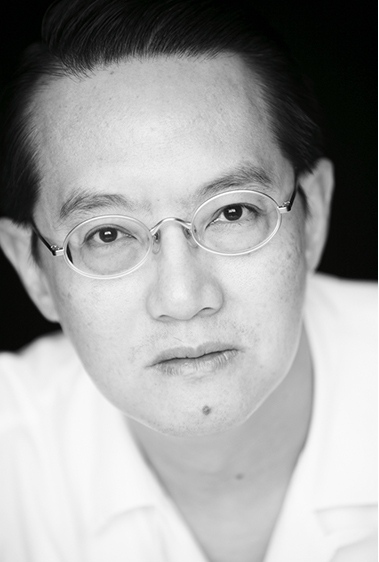What you have is a common problem called “bat ears”, “cup ears”, “flapping ears” or just plain, “prominent ears” in which the ears lack a major fold in the middle and thus stick out.
In Europe and Australia, this is one of the most common plastic surgical corrections for children and teenagers.
In Asia, we are becoming more conscious of this and more parents, as well as teens themselves, are opting to have their prominent ears corrected as this cuts down on ridicule and allows patients greater flexibility with their hairstyles.
The corrective technique called the “pinback procedure” or Otoplasty has undergone several evolutionary changes in the last 30 years. Several variations exist so you need to check with your plastic surgeon which style he performs as this may affect the shape of the new ear and longevity of the results.
Historically, the simplest technique was to cut out a strip of skin from the back of the ear and close the two edges together thus folding the ear backwards.
However, skin stretches and the cartilage in the ear has a strong “memory”, so after a while, the ear goes back to its original position.
Surgeons then started to fold the cartilage back on itself, holding it down with strong internal stitches in addition to cutting out the strip of skin. Again, the cartilage memory and strength would cause these stitches to unravel and there was a high relapse rate.
In the ’60s, a Thai surgeon, Dr Chongchet, devised a procedure where, using a blade, he made several cross-hatched etchings on the front of the ear cartilage to weaken the surface. The ear could then be folded back and secured with internal stitches. Conceptually, this is like making etchings on a piece of sotong before putting it in boiling water. When you take it out, the strong has curved away from the side with the etchings.
I would also secure the back of the ear cartilage to the side of the head, so the ear looks more sleek and youthful.
The procedure is performed under local anaesthesia and takes about two to three hours. Patients are bandaged for one week and cannot wash their hair during this period.
The dressings come off at the end of that week but patients will have to sleep with a headband on for the next two weeks to ensure that the ear doesn’t accidentally get folded forward while they sleep.
Purplish, swollen ears for up to 12 weeks is common after surgery. Occasionally, the skin over the ears get blistered and this can prolong the healing period by another six to eight weeks – the ears can appear very red and angry looking during this period.
Rarely, the skin over the ear may become damaged due to the pressure on it and may need a small skin graft to help it heal faster.
Prices vary according to which doctor you see and their experience with the different techniques. The operation will last two to three hours and there will be some pain and discomfort for a week.


